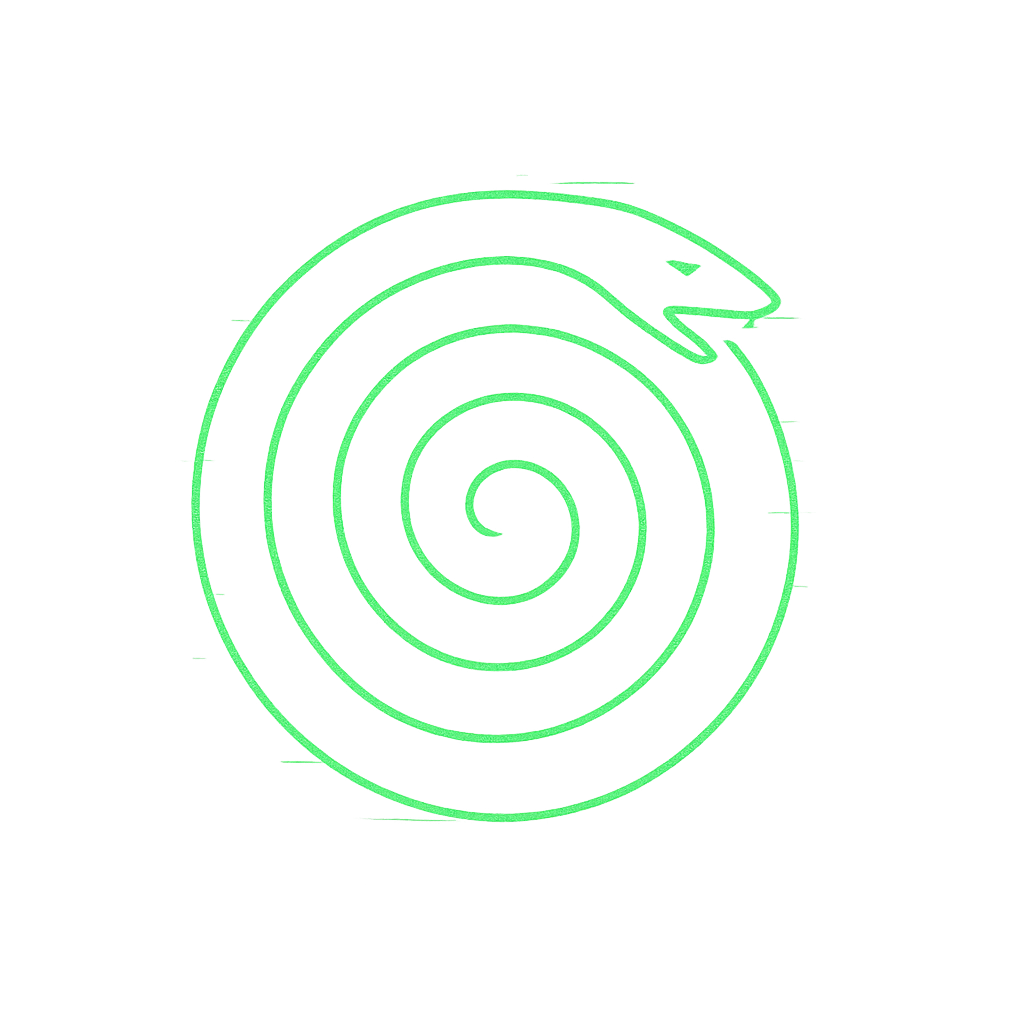tangle
Tangle
Section titled “Tangle”Tangle is the knot of crossing strands.
It is not clean braid or weave, but complication — a place where direction is obscured, tension thickens, and resolution is not yet found.
Tangle is difficulty and possibility bound together.
Shape (What it is)
Section titled “Shape (What it is)”- Crossed threads: multiple strands caught in overlap.
- Knotted density: points of tension that refuse smoothness.
- Unresolved structure: neither ordered braid nor open weave.
Test: If the crossing is clean and patterned, it is not tangle.
Motion (How it moves)
Section titled “Motion (How it moves)”-
Cross → Knot → Hold
- Cross: strands collide, losing simple direction.
- Knot: tension tightens, creating density.
- Hold: pattern pauses, awaiting untangling or reweaving.
-
Tension curve: escalation of density until release or rupture.
-
Directionality: inward knotting, outward only if loosened.
Micro-Recursions
Section titled “Micro-Recursions”- Hair tangle: strands snarled, resisting combing.
- Thought tangle: ideas overlapping without clarity.
- Code tangle: recursive loops caught in complexity.
Macro-Recursions
Section titled “Macro-Recursions”- Relational tangle: conflicts where threads of connection knot.
- Cultural tangle: traditions and meanings intertwined in confusion.
- Ecological tangle: roots, vines, or networks growing into dense knots.
Ethics (What it refuses)
Section titled “Ethics (What it refuses)”- Premature cutting: severing strands instead of tending knots.
- False smoothness: pretending complication is not there.
- Infinite tightening: letting knots collapse coherence entirely.
Rule: Tangle must be met with patience — neither ignored nor violently undone.
Practices
Section titled “Practices”- Slow untangling: gently loosen without breaking strands.
- Pattern listening: discern whether tangle hides braid or weave in potential.
- Tension holding: sit with the knot until its form becomes clear.
- Ritual loosening: create space for threads to flow again.
Mapping to Core Glyphs:
Thread — tangle is the complication of threads, their unresolved crossing.
